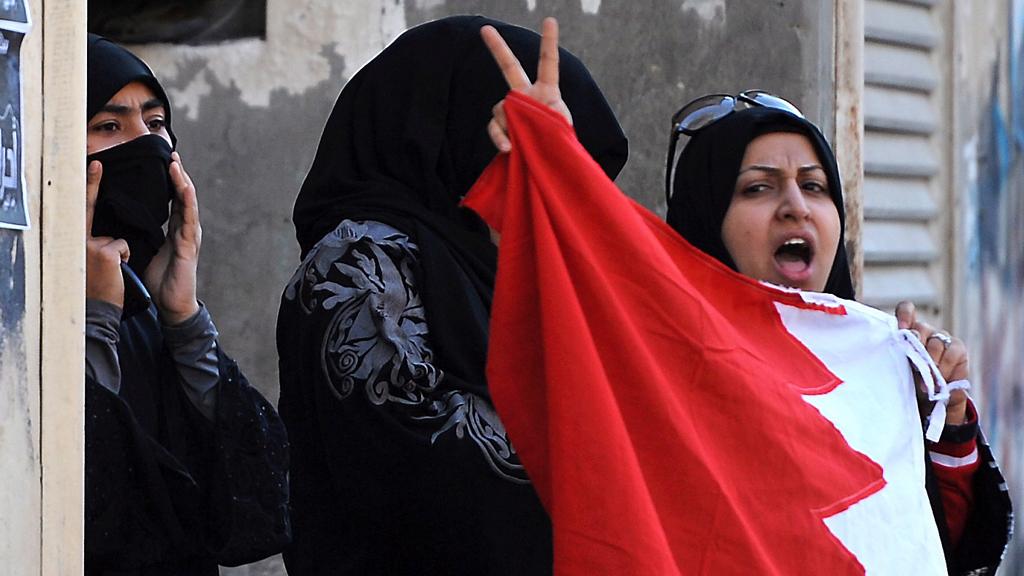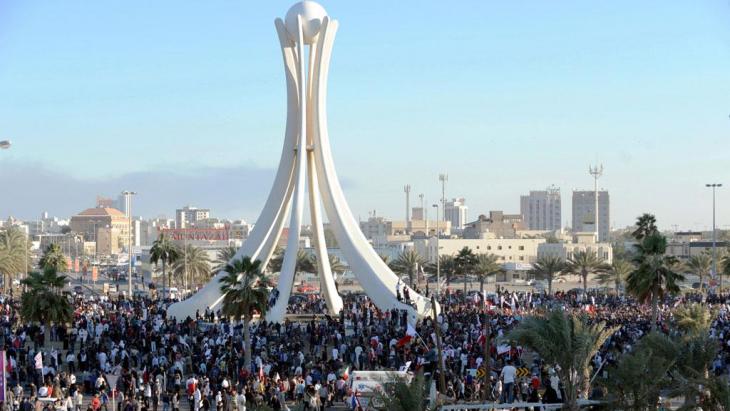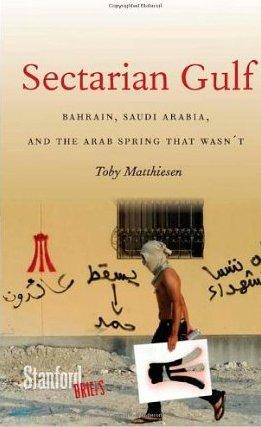Sectarianism instead of revolution

Members of the opposition in Bahrain prefer to drink their coffee at Costa Coffee instead of Starbucks. To be more precise, members of the Shia opposition would rather go to a Costa Coffee shop than to its competitor, Starbucks. A Shia family operates the Costa Coffee outlets in Bahrain, while a Sunni family has the licence to sell Starbucks coffee.
Has the historical conflict between Sunni and Shia now reached global pop culture? Is this centuries-old conflict still splitting Muslims into two irreconcilable camps?
Political scientist Toby Matthiesen thinks not and challenges this viewpoint in his new book, "Sectarian Gulf." Bahraini coffee culture is more of an incidental topic for Matthiesen; he focuses instead on the mass protests in the Gulf kingdoms, which were in no way left untouched by the Arab Spring.

Repression and sectarianism
Examining the uprisings in Bahrain, Saudi Arabia and other Gulf states, he demonstrates that the tensions between Shias and Sunnis cannot be attributed to a hatred spanning several centuries. Instead, according to Matthiesen's central thesis, governments in the region have specifically played one group off against the other. The rulers of the Gulf states reacted to the Arab Spring with repression and sectarian discrimination, splitting societies into Sunni and Shia camps and creating a "sectarian Gulf" in the truest sense of the phrase.
The chapters on Bahrain make up the core of the 130-page-long book. According to Matthiesen, one in four Bahrainis took part in the biggest street protests in 2011. However, unlike in Tunisia, Egypt and Libya, the regime here managed to maintain its hold on power.
"For me and many others as well," writes Matthiesen, who just happened to arrive in the capital Manama at the start of the mass protests, "Bahrain in 2011 was a crash course in power politics."
Divide and conquer! This principle, which was perfected by the Romans, served the Sunni rulers of Bahrain well: by applying it, they succeeded in dividing the initially non-sectarian protest movement. Using sectarian rhetoric and questionable historical parallels, the authorities discredited the uprising as a Shia conspiracy, controlled by Iran and the Lebanese Hezbollah movement.

The "sectarian Gulf"
Nevertheless, the new sectarianism in the Gulf was not simply a fantasy that governments instilled into their peoples. According to Matthiesen, as soon as it came into existence, the "sectarian Gulf" began to grow. Several people thrived under the new status quo. Matthiesen refers to these individuals as "sectarian identity entrepreneurs". Accordingly, the well-organised Shia opposition groups grew in strength and eventually asserted themselves on Manama's Pearl Square.
Matthiesen's accounts of events are sometimes richly detailed and he peppers his narrative with personal anecdotes. For example, he tells of a young Sunni woman he encountered on Pearl Square at the start of the uprising. Three months later, they met again by chance; this time, however, she was with a group of regime supporters.
Claiming that she was disappointed by the increasingly Shia character of the protests, she turned her back on the regime critics and even broke with her Shia friends, with whom she had initially protested. The "sectarian Gulf" had become reality.
Only a few days after the first demonstrations in Bahrain, the Shias in neighbouring Saudi Arabia also rose up. Matthiesen writes, however, that the solidarity rallies in the eastern province of Saudi Arabia were counterproductive from a Bahraini perspective. They merely strengthened the resolve of the leadership in Riyadh to crush the Bahraini uprising out of concern for their own interests. In March 2011, Saudi tanks rolled over the bridge and into Bahrain. The Saudis wanted to prevent the precedent of a revolution in a Gulf kingdom at any cost.

Who benefits from the sectarian tension?
However valuable this record of the largely neglected protests in the Gulf states may be, many readers will find the book's descriptive narrative form long-winded. After Bahrain and Saudi Arabia, Matthiesen also covers Kuwait and the other monarchies of the Arabian Peninsula. Although the sections on Oman, the United Arab Emirates and Qatar are indeed interesting, they don't provide any truly new perspectives.
Instead, the reader would have been better served with a more detailed explanation of Matthiesen's theoretical approach. His concept of "sectarian identity entrepreneurs", which was inspired by the Lebanese context, leaves the reader perplexed. Who are these individuals, whose social "status is dependent on their skilled manipulation of sectarian borders"? How do they profit from sectarian tensions?
There is also the question of Matthiesen's methodology. Although the author provides numerous examples of the increasingly sectarian rhetoric of governments and the media, he fails to explain how he measures this increase and to back up his claim that sectarianism has never before played such a major role in the region as it does today.
Nonetheless, "Sectarian Gulf" is an extremely well researched contribution to understanding the transformations occurring in the Gulf states which – according to the author – are far from over. "Civic activism has been suppressed, but it will not disappear forever," he writes.
According to Matthiesen, sectarianism, repression and generous gifts of money will not suffice as long-term solutions. He does not believe in a "monarchic exception", an immunity of the Arab kingdoms to any revolutionary protest movements. Nevertheless, he neglects to predict whether change will come via revolution or reform.
Jannis Hagmann
© Qantara.de 2014
Toby Matthiesen: "Sectarian Gulf: Bahrain, Saudi Arabia, and the Arab Spring That Wasn't", Stanford University Press, 2013
Translated from the German by John Bergeron
Editor: Aingeal Flanagan/Qantara.de